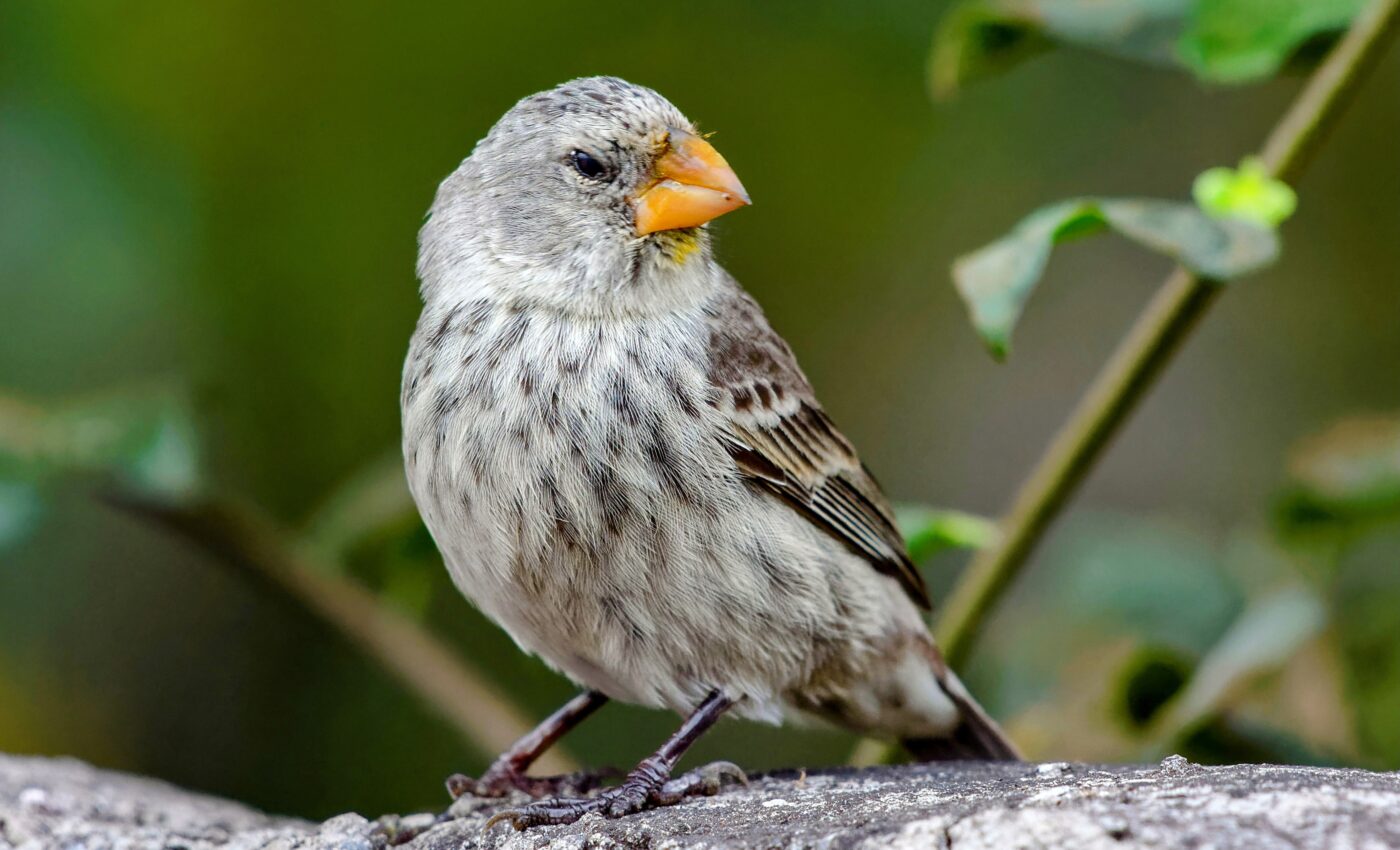
Urban finches have surprising resilience against deadly vampire fly
Urban-dwelling finches in the Galapagos Islands are demonstrating remarkable resilience against a parasitic fly that has been wreaking havoc on bird populations.
Detailed in a study by researchers at the University of Connecticut, this discovery offers new insights and hope in the fight against the invasive Philornis downsi, commonly known as the avian vampire fly.
The fly is native to mainland South America and was first observed in the Galapagos in the 1950s. By 1997, the avian vampire fly was recognized as a major threat to local bird populations, particularly Darwin’s finches.
Conservation concern
“Almost every single study has found a significant effect of the fly on nestling survival and this fly can kill up to 100% of nestling Darwin’s finches in a given year,” said study co-first author Professor Sarah Knutie.
“These nestlings are essentially dying through exsanguination, which means that the larvae are sucking all of the blood, hence the name, avian vampire fly.”
The survival of these finches, crucial to Darwin’s theory of evolution, has become a major conservation concern.
“The fly doesn’t affect all bird species in the Galapagos equally,” said Professor Knutie. “Some bird species like the Galapagos mockingbirds are better defended against the flies than Darwin’s finches and we think this is because the mockingbirds are compensating for energy loss to the parasite through the parents feeding the nestlings more when they’re parasitized, compared to when they’re not parasitized.”
Focus of the study
Professor Knutie noted that previous studies focused on finches living in natural, non-urban settings, which does not give the full picture across all finch populations.
“We know there’s different food availability for animals in urban areas, so I started to wonder whether urban finches were differentially affected or maybe better defended against the flies because they had access to different food.”
“These urban areas are different in so many ways, not just the food availability, but that is where I started because I knew the mockingbirds are better defended because they’re able to feed their nestlings more.”
This led the researchers to explore potential variations in the impact on urban versus non-urban finch populations.
The study was conducted on San Cristobal Island, specifically in and around the city of Puerto Baquerizo Moreno. The researchers manipulated the presence of the parasite in both urban and non-urban nests to observe differences in nestling survival and health.
Urban resilience
The results were striking: urban nestlings showed over six times greater survival rates when parasitized compared to their non-urban counterparts. The researchers used a transcriptomic approach to delve into the molecular mechanisms behind these differences.
Study co-first author Cynthia Webster conducted gene expression analysis, revealing significant differences in immune responses and dietary intake between urban and non-urban birds.
Urban birds exhibited a pro-inflammatory response likely aiding in parasite resistance, while non-urban birds seemed to mount ineffective immune responses. Additionally, urban birds appeared to have a higher protein intake, suggesting dietary differences as a factor.
Study implications
Professor Knutie emphasized that urbanization is not a proposed solution for the Galapagos, but the study’s findings could inform conservation strategies.
“If we can figure out whether it’s the evolution of defenses, or if there is an environmental factor that’s helping them out, this can help inform conservation or management strategies for other populations, so the bird populations don’t decline or go extinct,” said Professor Knutie. “This gives us hope that larger populations of Darwin’s finches that are affected by the fly are not entirely doomed. We’re still worried about smaller populations dealing with the fly, but maybe information from our study can help them.
Professor Knutie said the next step is to figure out whether urban finches have evolved defenses, or if there’s an environmental factor, such as food availability, that is helping the finches survive the flies.
“We also would love to expand the study across the islands, because there are four islands in the archipelago with permanent human resident populations and each island has a different size human population. As you can imagine, as the size of the city grows, the infrastructure to support humans grows as well. We hope to test whether the effects of urbanization on this bird/parasite interaction varies across these islands, based on kind of the degree of urbanization, to see if it’s consistent.”
The study is published in the journal Global Change Biology.
Like what you read? Subscribe to our newsletter for engaging articles, exclusive content, and the latest updates.
—-
Check us out on EarthSnap, a free app brought to you by Eric Ralls and Earth.com.













